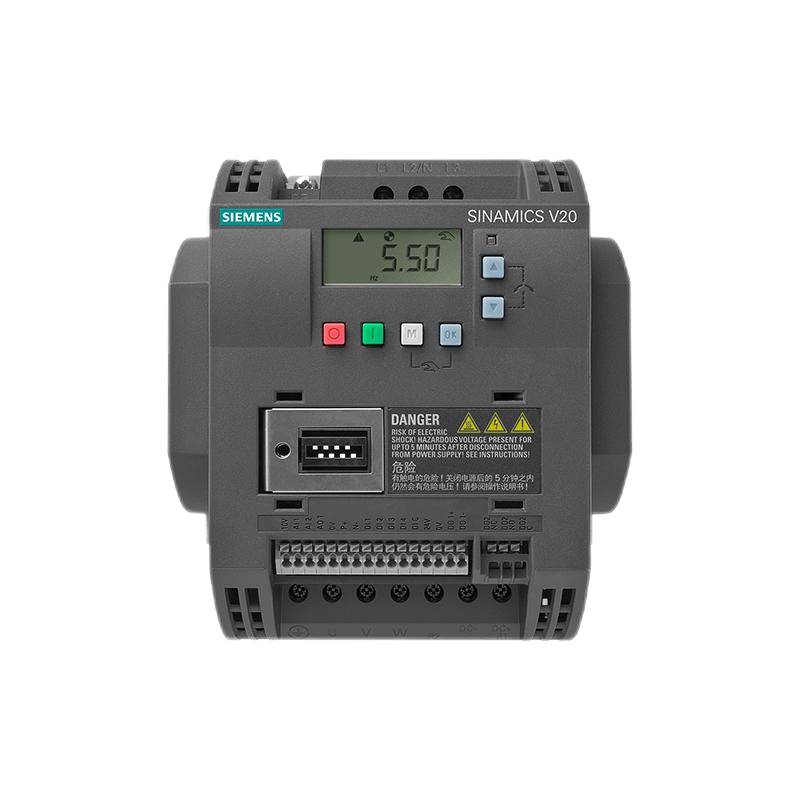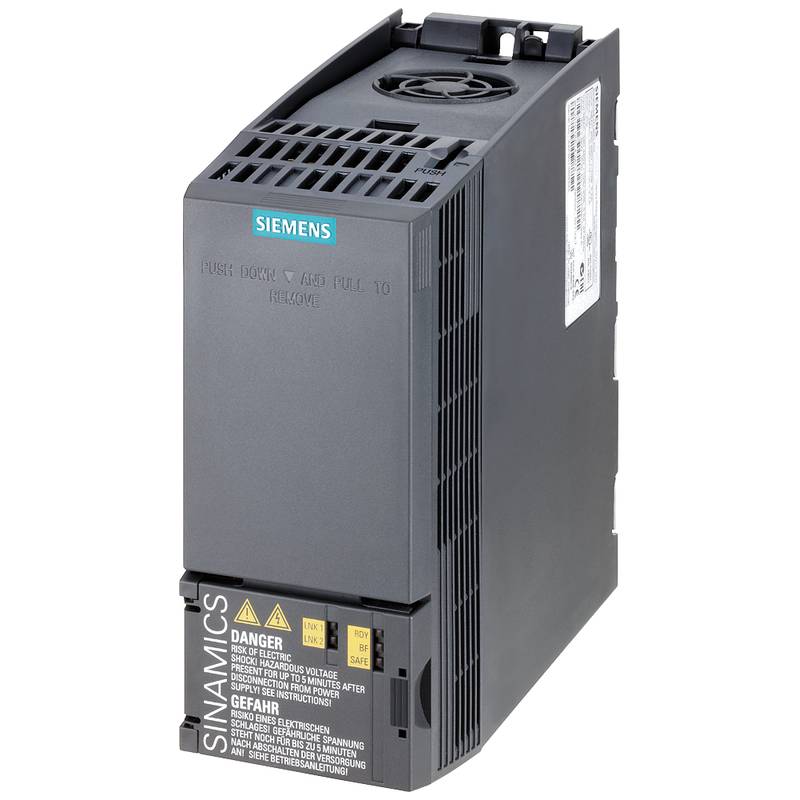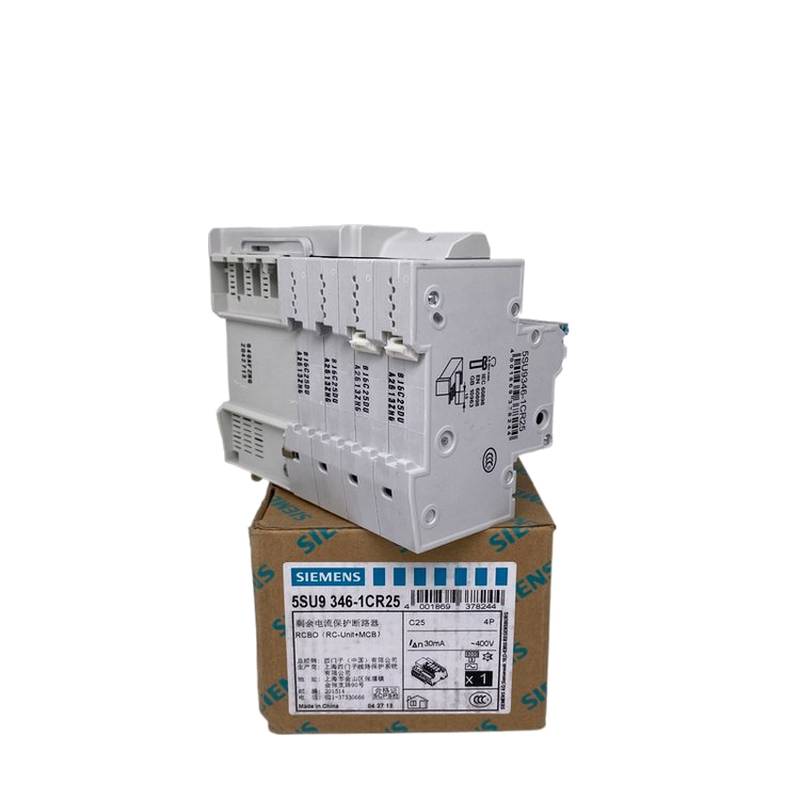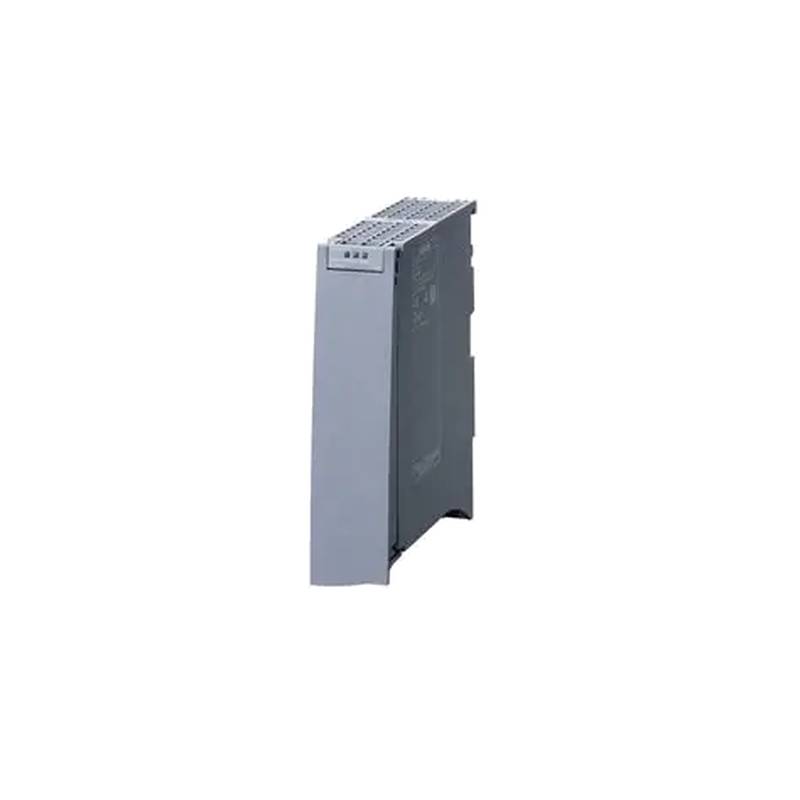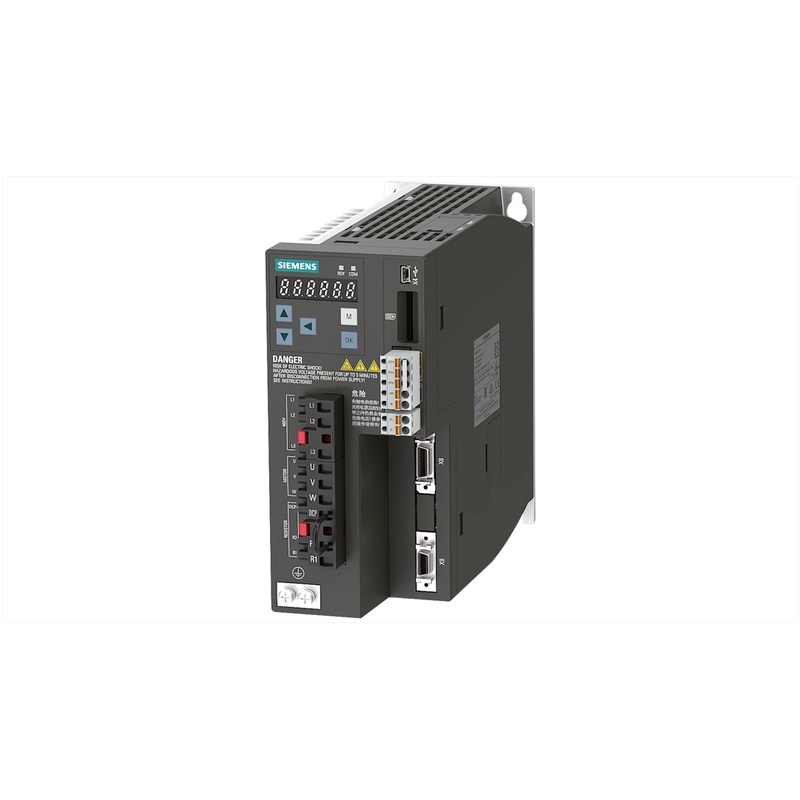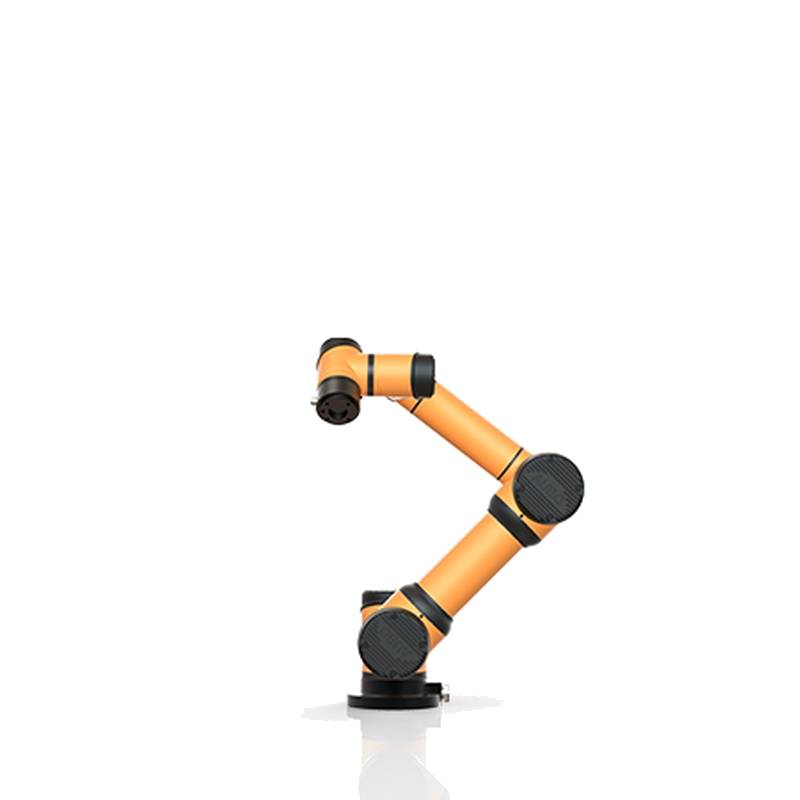
The Moxa UPort 1130 is a robust industrial USB-to-serial device server designed to bridge modern USB connectivity with legacy serial devices. Its core advantages lie in its high-speed data transmission capabilities, broad operating system support, and industrial-grade reliability. This device server is ideal for engineers and technicians requiring seamless integration of serial equipment into USB-based systems, particularly in demanding industrial environments.
Product Specifications
| Feature | Specification |
| :----------------------- | :---------------------------------------------------------------------------------------------------------------------------------------------------------------------------------------------------------------------------------------------------------------------------------------------------------------- |
| USB Interface | USB 2.0 compatible, USB 1.0/1.1 compliant; USB Type A connector; 12 Mbps data rate |
| Serial Interface | 1 port; DB9 male connector |
| Serial Standards | RS-422, RS-485 (2-wire and 4-wire) |
| Baudrate | 50 bps to 921.6 Kbps |
| Data Bits | 5, 6, 7, 8 |
| Stop Bits | 1, 1.5, 2 |
| Parity | None, Even, Odd, Space, Mark |
| Flow Control | None, RTS/CTS, XON/XOFF |
| ESD Protection | 15 KV for all serial ports |
| Optical Isolation | 2 KV (for "-I" models) |
| Power Parameters | 5 VDC input voltage; 60 mA input current |
| Operating Temperature| 0 to 55°C (32 to 131°F) |
| Storage Temperature | -20 to 70°C (-4 to 158°F) |
| Housing | ABS + Polycarbonate |
| Dimensions | 37.5 x 20.5 x 60 mm (1.48 x 0.81 x 2.36 in) |
| Weight | 200 g (0.44 lb) |
| Supported OS | Windows (11, 10, 8.1, 8, 7, Vista, ME, XP, Server 2022-2000), Linux (Kernel 6.x to 2.4.x), macOS (10.12-10.15), Arm®-based Linux, Windows 11, Android API 3.1.x and later, Virtual Machines (VMware, Parallels) |
Core Features & Market Positioning
The Moxa UPort 1130 distinguishes itself through its high-speed USB 2.0 interface, enabling data transmission rates of up to 12 Mbps, and its serial baud rate capability of up to 921.6 Kbps, ensuring rapid data transfer for demanding industrial applications. Its robust design is further reinforced by 15 KV ESD protection on all serial ports, safeguarding against electrical surges and ensuring operational stability. The device's compatibility with a wide array of operating systems, including Windows, Linux, macOS, and even Android, makes it exceptionally versatile for diverse deployment scenarios. This broad compatibility, coupled with its industrial-grade construction (ABS + Polycarbonate housing), positions the UPort 1130 as a reliable, high-performance solution for connecting legacy serial equipment to modern USB systems. The inclusion of a mini DB9 female to terminal block adapter further simplifies wiring and installation, a key consideration in industrial settings.
Key Application Scenarios
The Moxa UPort 1130 is particularly well-suited for industrial automation, where it facilitates communication between Programmable Logic Controllers (PLCs), SCADA systems, and human-machine interfaces (HMIs). Its ability to convert USB to RS-422/485 makes it invaluable for connecting sensors, actuators, and motor drives that utilize these robust serial protocols for long-distance communication and noise immunity. Furthermore, it serves critical roles in instrumentation, point-of-sale (POS) systems, and mobile applications, enabling the integration of older serial devices into newer computer systems. This versatility ensures that legacy equipment can remain operational and integrated into modern networks, preventing costly overhauls.
Practical System Integration Guidance
Integrating the Moxa UPort 1130 into an existing system is a straightforward process. After installing the necessary drivers for your operating system (available for Windows, Linux, macOS, and more), the device functions as a plug-and-play solution. The included mini DB9 female to terminal block adapter simplifies the physical connection to RS-422/485 devices. For RS-485 configurations, the UPort 1130 allows selection between 2-wire and 4-wire modes, and for RS-422, it utilizes the Tx+, Tx-, Rx+, Rx-, GND signals. The device is bus-powered, drawing power directly from the USB port, eliminating the need for an external power supply. Configuration of COM port settings, such as baud rate and parity, can be managed through the operating system's Device Manager or directly within the serial communication application.
Operation and Risk Mitigation
The UPort 1130 is designed for reliable operation in industrial environments. It features 15 KV ESD protection for all serial ports, significantly reducing the risk of damage from electrostatic discharge. For applications requiring enhanced electrical isolation, the UPort 1130I model offers 2 KV optical isolation, further mitigating risks associated with ground loops and electrical noise. LEDs on the device provide visual indication of USB and transmit/receive (TxD/RxD) activity, aiding in real-time monitoring and troubleshooting. The device supports Automatic Recovery Data Communication (ARDC), which helps maintain data transmission continuity even if the USB cable is accidentally unplugged and reconnected.
Scalability & Long-Term Value
The Moxa UPort 1130, as part of the broader UPort 1100 Series, represents a scalable solution for expanding serial connectivity. While the UPort 1130 itself offers a single port, Moxa's UPort line includes multi-port hubs and converters that allow for scaling up to 16 serial devices over a single USB port. This ensures that as an organization's needs grow, they can maintain compatibility with their existing serial infrastructure while leveraging newer USB technology. Its compatibility with a wide range of operating systems, including support for virtual machines, ensures long-term viability and integration into evolving IT landscapes, including potential pathways to Industrial IoT (IIoT) applications that require reliable edge connectivity for serial devices.
Frequently Asked Questions (FAQs)
What operating systems are compatible with the Moxa UPort 1130?
The Moxa UPort 1130 boasts extensive operating system compatibility. This includes all major Windows versions from XP up to Windows 11, as well as Windows Server editions. It also supports various Linux kernel versions and macOS. Furthermore, it offers drivers for Android and can be utilized within popular virtual machine environments.
Does the Moxa UPort 1130 require external power?
No, the Moxa UPort 1130 is designed to be bus-powered. It draws the necessary power directly from the USB port it is connected to, eliminating the need for an external power adapter or supply. This simplifies installation and reduces cable clutter.
What are the key benefits of using the Moxa UPort 1130 for industrial applications?
Its industrial-grade design, including robust housing and 15 KV ESD protection, ensures reliability in harsh environments. The high baud rate supports fast data transmission, crucial for real-time control systems. Broad OS support and plug-and-play installation further enhance its utility in industrial settings.
Can the Moxa UPort 1130 connect to both RS-422 and RS-485 devices?
Yes, the Moxa UPort 1130 is specifically designed to support both RS-422 and RS-485 serial standards. This includes compatibility with 2-wire and 4-wire RS-485 configurations, offering flexible connectivity options for a wide range of industrial equipment.
What is the maximum data transmission speed of the Moxa UPort 1130?
The Moxa UPort 1130 supports a USB 2.0 interface with data transfer rates of up to 12 Mbps. For the serial communication, it can achieve a maximum baud rate of 921.6 Kbps, ensuring efficient and rapid data exchange.
How does the Moxa UPort 1130 facilitate easy installation?
Installation is simplified through its plug-and-play functionality and the inclusion of a mini DB9 female to terminal block adapter for straightforward wiring. Drivers are readily available for various operating systems, making setup quick and intuitive for technicians.
What is the purpose of the LEDs on the Moxa UPort 1130?
The LEDs provide critical visual feedback on the device's operational status. They indicate USB connection activity and show real-time data transmission (TxD/RxD) activity on the serial port. This aids in monitoring communication and diagnosing potential issues.
Does the Moxa UPort 1130 offer any protection against electrical surges?
Absolutely. The Moxa UPort 1130 features 15 KV ESD protection on all its serial ports, providing a robust defense against electrostatic discharge. For applications demanding higher levels of protection, the UPort 1130I variant includes 2 KV of optical isolation.
Can the Moxa UPort 1130 be used with legacy serial devices?
Yes, a primary function of the Moxa UPort 1130 is to bridge modern USB systems with legacy serial devices. It is explicitly designed to ensure compatibility and seamless communication with older equipment that relies on RS-422/485 interfaces.
What is the advantage of the UPort 1130I model compared to the standard UPort 1130?
The UPort 1130I model offers an additional layer of protection with 2 KV of electrical isolation. This feature is crucial in environments prone to ground loops or high electrical noise, ensuring enhanced system stability and protecting connected equipment.
















